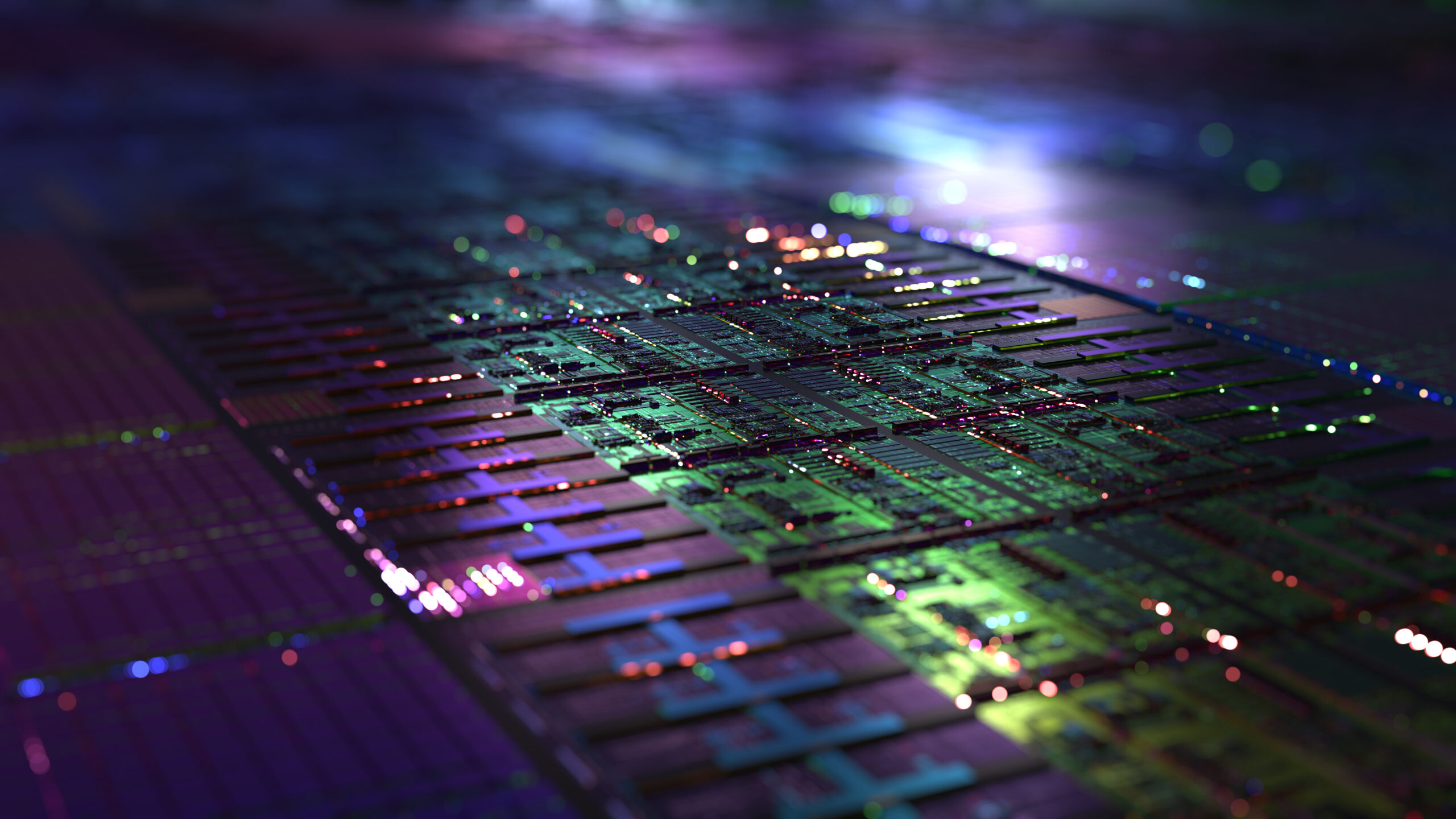
The features and characteristics of solids are largely dependent on their chemical structure at the surface. Surface analysis is used to determine the chemical structure of the surface number atomic layer (a shallow and thin area of the surface).
Surface analysis instruments analyze the elemental composition and chemical state of materials that are present in the surface number atomic layer which is not possible with standard analysis instruments.
Key Principles of Surface Analysis
To examine a solid surface it must be stimulated to examine the signals that appear using x-rays, electrons, and light. From this stimulation, signals are emitted and these are observed and analyzed to show the chemical structure of the surfaces.
Applications of Surface Analysis
The surface of a material can tell a lot about the material itself. Surface analysis offers insight into characteristics such as:
- Adhesion
- Wetness
- Electrical properties
- Chemical activities
- Optical properties
- Friction
- corrosion -resistance
- Biocompatibility
- Degradation
- Environmental contamination
- Process residues
Surface analysis is therefore critical to developing highly-functional surfaces and products that use them.
Surface Analysis via Secondary Ion Mass Spectrometry
SIMS is a method of surface analysis that uses an irradiated ion beam on a solid sample to disconnect the ions that the surface emits. SIMS has exceptionally high surface sensitivity and can gain information on the organic compound molecular mass.
SIMS can also perform highly sensitive inorganic element analysis and has traditionally been used for investigating surface metallic contamination organic material that is to be used in display materials and semiconductors. Recently, it has also been used to analyze organic matter segregation and distribution on these organic material surfaces.
XPS Surface Analysis Systems
X-ray photoelectron spectroscopy is a method of surface analysis that gives insight into the atomic composition and chemical state bonding. It can be used to analyze large concentrations and therefore it works well to offer calibration points for SIMS surface analysis.
AutoSIMS by Hiden Analytical
Hiden Analytical has a wealth of experience in analytical techniques and instruments for use in quantitative surface analysis and depth profiling of a wide variety of sample types.
The AutoSIMS is a self-contained surface analysis system that can carry out routine analysis without needing to be attended to. The system offers a long-life oxygen source primary ion gun and MAXIM analyzer that has become the Hiden staple in SIMS systems.
The ion gun’s long service life means that high stability and a consistent beam can be guaranteed throughout long periods of operation, providing continuous sample ionization doses for batch analyses.
The system offers both dynamic and static SIMS analysis with depth resolution as low as a nanometer. There is a range of technical possibilities available with this instrument when it is run in manual mode but it can also be run independently, saving users time and manpower.
Which System is Right for You?

